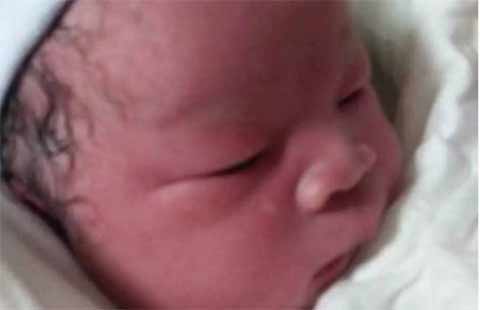White paper on medical and health services in China
(China Daily) Updated: 2012-12-27 09:26Medical institutions have been built in developing countries with aid from China. Since 1970, China has been committed to helping developing countries in Africa and other areas to build medical institutions and improve their medical conditions. By the end of 2011, China had helped a total of 52 countries, and built 100 hospitals and medical centers for them, improving medical conditions and providing medical services for local people. China equipped the hospitals with a large number of complete sets of medical equipment and medicines, and in 2011 alone it shipped 34 batches of medical equipment and medicines to the recipient countries. By November 2011, 31 new projects in this regard were still under construction in 28 countries.
Health professionals have been trained by China for developing countries. The Chinese medical teams pass their medical knowledge and technology to local medics through personal tutorials, lectures and training courses, improving the medical technology of the recipient countries. The Chinese government supports health technology institutions to hold related study and training programs for developing countries in China. By 2011, China had held over 400 training courses for 15,000 persons on health management, emergency management, food hygiene, traditional medicine, infectious disease prevention and control, laboratory testing, health quarantine, nursing skills and other areas. To help developing countries train medical and health professionals of high caliber, China also offers government scholarships for students from developing countries studying medicine and TCM in China.
International emergency rescue has been undertaken. In 2004, Southeast Asia and South Asia suffered great casualties due to an earthquake in the Indian Ocean and the following tsunami. China promptly responded to the emergency by sending medical rescue teams to Thailand, Sri Lanka and Indonesia to help relief efforts there, and donated medical equipment and cash in US dollar to the affected countries through the World Health Organization. Over the past five years, the Chinese government has responded to about 200 health emergencies, sending medical rescue teams to Guinea-Bissau, Madagascar, Pakistan, Indonesia, Haiti and other countries stricken by epidemics or natural disasters, as well as providing relief supplies and cash to those countries. China has also dispatched rescue teams to Lebanon, the Democratic Republic of the Congo and other international peacekeeping mission areas to offer humanitarian medical aid there, and its Peace Ark hospital ship sailed to five Asian and African and four Latin-American nations to provide medical services to the people there.
Conclusion
With the quickened pace of the country's industrialization and urbanization, as well as its increasingly aging population, the Chinese people are facing the dual health threats of infectious and chronic diseases, and the public needs better medical and health services. In the meantime, problems still exist regarding China's health resources, especially the shortage of high-quality resources and the unbalanced distribution of those resources. China has arduous tasks ahead for reforming and developing its medical and health services.
The Chinese government has announced that it will establish a sound basic medical and health system covering both urban and rural residents by 2020, so as to ensure that everyone enjoys access to basic medical and health services. For this goal, China will continue to reform and develop its medical and health services, and better maintain, ensure and enhance the health of its people. China will also continue its active role in international health affairs and work together with different parties to make greater effort to improve the health of mankind.
- Health certificate steps reduced for foreigners
- Himalayan rail route endorsed
- Beijing lawyer Zhou Shifeng jailed for subversion
- China opens S China Sea website
- Ministry issues draft rules for car-hailing business
- 700 officials punished by green teams
- Hangzhou learns the language of summit success
- Panda twin births boost the hopes for survival
- Top court clarifies law at sea
- Nida's landfall brings travel to a standstill










